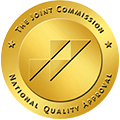 There is a reason that addicts who are seeking recovery turn to 12-step programs. Since the program of Alcoholic’s Anonymous was founded in 1935, AA and many other fellowships like it have helped millions heal from addiction and related issues. Alcoholics Anonymous alone exists in nearly 170 countries around the world with an estimated 2 million members. Currently there are over 30 variations of 12-step programs that address issues such as overeating, codependency, sex addiction and more.
There is a reason that addicts who are seeking recovery turn to 12-step programs. Since the program of Alcoholic’s Anonymous was founded in 1935, AA and many other fellowships like it have helped millions heal from addiction and related issues. Alcoholics Anonymous alone exists in nearly 170 countries around the world with an estimated 2 million members. Currently there are over 30 variations of 12-step programs that address issues such as overeating, codependency, sex addiction and more.
How do 12-Step groups work? First, 12-step programs provide a safe place for people to go and share anonymously about their addiction. Meetings follow a general format in which members use only their first name to identify themselves. While some meetings are open to the public, there are many that are closed to members only. This provides an opportunity for members to share openly about their current struggles and seek support from others who have experienced similar issues in a private setting.
In popular 12-step literature, it is stated that the benefit of one addict helping another is without parallel. While doctors, psychiatrists, researchers and other professionals play an important role in helping improve outcomes for someone seeking recovery, there is something uniquely special about the relationship between two recovering persons. When another addict is able to share with someone who is new to recovery about where they were and where their life is now, a unique bond is established, and within that bond hope begins to blossom. There is something very reassuring about hearing someone else that understands exactly what you are going through via their own experience.
As you listen to others share personal stories of experience, strength, and hope of recovery, you will begin to develop a sense of confidence that you too can recover. The idea behind 12-step groups is that you will feel a sense of inner strength knowing you are with a group of people who are all working towards a similar goal. It is common for people to want to deal with the problem on their own. This form of isolation is one of the major characteristics of the disease of addiction. 12-step groups give a person an opportunity to step out of isolation and ask others for guidance and support.
Another characteristic of the disease of addiction is suppressing emotions. Most addicts have a fear of being misunderstood about their problem, so they tend to shy away from expressing how they feel. 12-step meetings provide a platform for people to share openly without being criticized or judged. In exchange, members will share with each other how they have handled challenging situations.
How does one get the most out of a 12-step group? By participating! Each group differs in size and members so it may take some investigating to find the group that feels right to you. Once you have found it, stick with it! Find a sponsor, get a service commitment, and reach out to the group members to maximize your benefit. The principles found within the 12 steps offer a guide to living and have helped millions recover!


